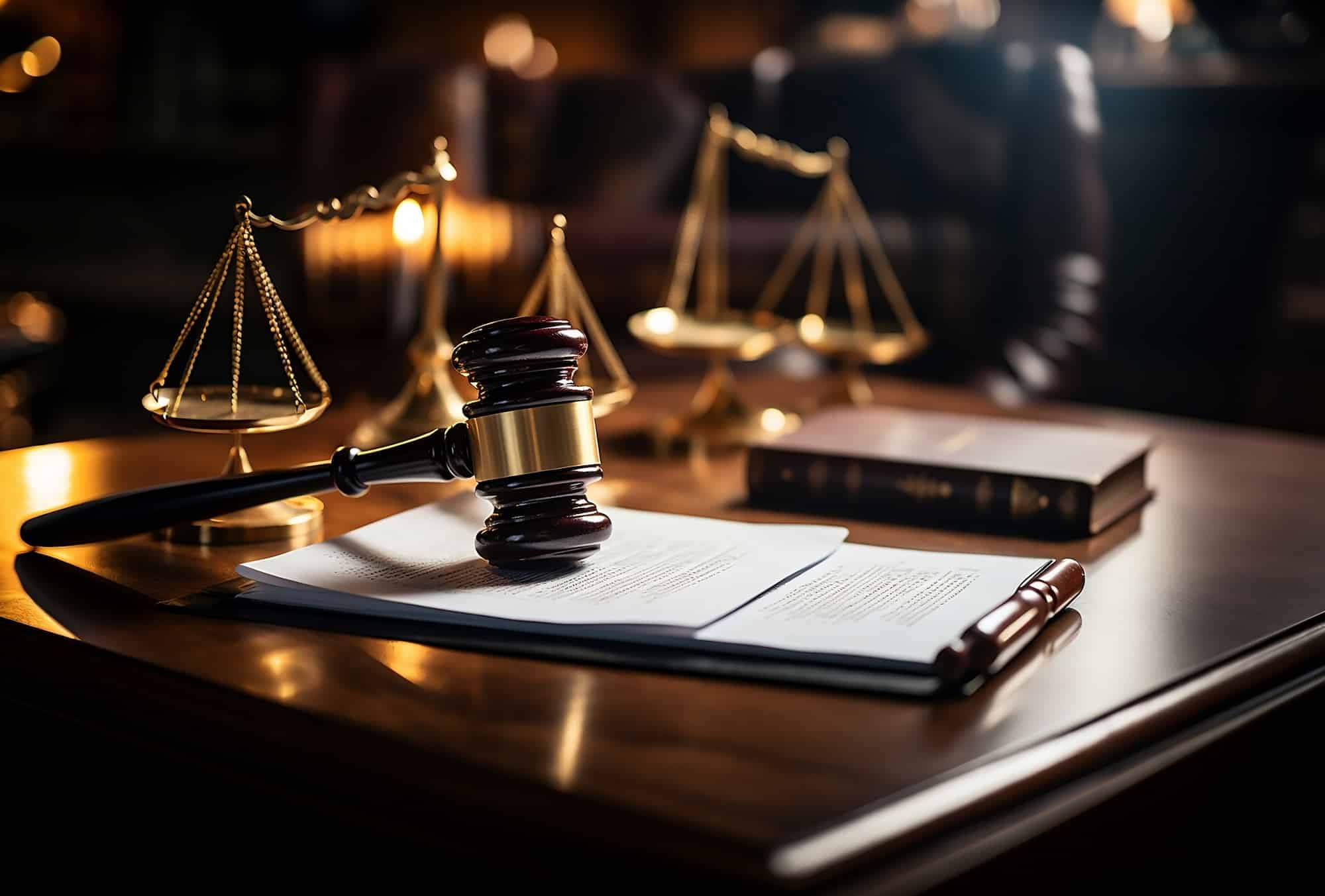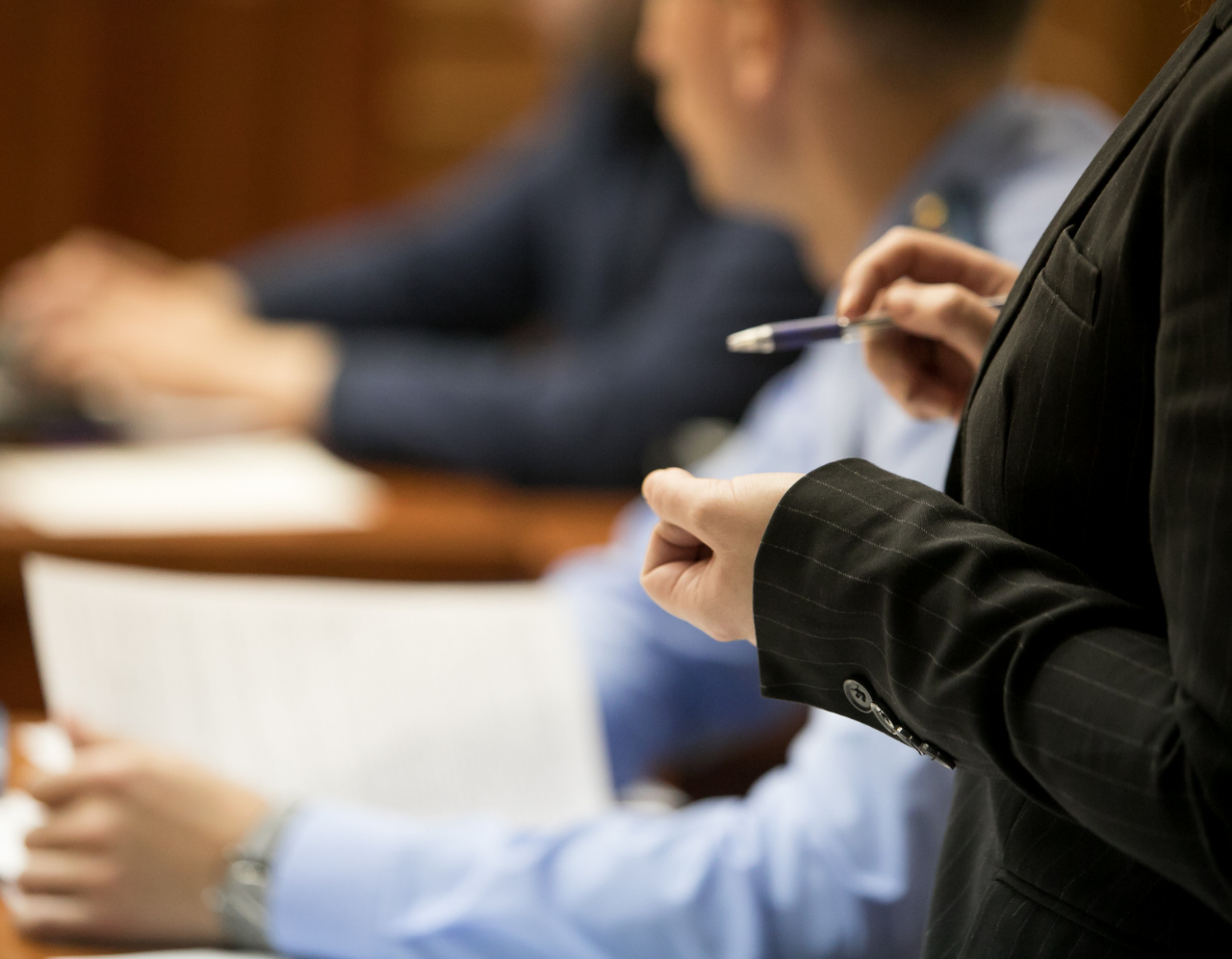Navigating the Intricacies of Trial Presentations: Tips for Seamless Shipment and Compelling Disagreements
In the realm of legal procedures, the art of test discussion stands as an important component of success. As attorneys navigate the intricate web of courtroom characteristics, the ability to effortlessly supply arguments and evidence while captivating the court's focus comes to be paramount. The intricacies integral in test discussions require a delicate equilibrium of finesse, ability, and strategy. By honing methods that guarantee a refined delivery and crafting compelling disagreements that resonate with the audience, legal experts can considerably improve their advocacy. In a globe where persuasion reigns supreme, grasping the intricacies of trial discussions is not just an alternative yet a need for those seeking to prevail in the court room.

Understanding Test Goals
To properly navigate a test, it is vital to have a clear understanding of the purposes that require to be accomplished. Prior to stepping right into the court, lawful teams have to define their goals and wanted end results. These goals serve as guiding principles throughout the trial, forming approaches and influencing decision-making procedures.
Comprehending trial purposes includes an extensive analysis of the case, lawful precedents, and the customer's benefits. Trial Presentations. It calls for a careful assessment of the truths, identifying vital issues, and preparing for possible difficulties. By establishing quantifiable and specific objectives, lawyers can tailor their debates and presentations to align with the preferred results
Furthermore, a clear understanding of test purposes enables lawful groups to focus on proof, witnesses, and legal debates successfully. It permits the development of a coherent story that reverberates with the discretionary, reinforcing the overall instance discussion.

Organizing Proof Successfully
Having a clear understanding of trial purposes lays the foundation for arranging proof effectively in legal proceedings. By lining up the presentation of proof with the desired end results of the test, lawful teams can enhance their disagreements and boost their persuasiveness.
Another key component in arranging proof properly is establishing a rational flow. Presenting proof in a coherent and sequential fashion can aid build an engaging narrative that sustains the lawful debates being made. Furthermore, using visual help such as graphs, graphes, or timelines can additionally improve the company of proof and help in making clear intricate connections or series of occasions.
Additionally, making certain that all evidence presented is permissible and relevant to the instance is essential. Inadmissible or irrelevant evidence can interfere with the strength of the debate and potentially harm the integrity of the here and now celebration. A precise review and selection process need to be carried out to consist of only the most impactful and legitimately audio proof in the test discussion.
Crafting Influential Narratives
Crafting engaging stories plays a crucial function in offering convincing debates throughout lawful procedures. A well-crafted narrative has the power to astound the target market, evoke feelings, and ultimately persuade the decision for the here and now event. When building a story for a trial discussion, it is necessary to establish a clear story that highlights key points and connects them in a meaningful fashion. Begin by detailing the facts of the case in a compelling manner, making certain that the series of occasions is easy to comply with. Introduce personalities efficiently, giving background information that aids the audience understand their actions and motivations. In addition, including vibrant descriptions and appealing language can bring the story to life, making it more remarkable for the judge and jury. By weaving together evidence, testament, and legal disagreements into a convincing and cohesive story, attorneys can effectively support for their customers and boost the likelihood of a desirable outcome in the courtroom.
Mastering Aesthetic Aids
Reliable use aesthetic aids is key to boosting the effect and clarity of test discussions. Aesthetic aids, when utilized strategically, have the power to streamline complex info, reinforce key factors, and leave a lasting perception on the discretionary. To grasp aesthetic help in test presentations, it is essential to make sure that they are clear, succinct, and relevant to the disagreements being made.
When incorporating aesthetic aids, such as graphes, timelines, graphs, or photos, into a trial presentation, it is important to maintain them aesthetically appealing yet specialist. The visuals must match the spoken arguments, giving an aesthetic depiction of the details being gone over without overwhelming the audience with unneeded details.
Additionally, practicing with the visual aids in advance is imperative to guarantee a smooth shipment throughout the trial. Familiarizing oneself with about his the web content, shifts, and timings of each aesthetic help can aid maintain the circulation of the presentation and stop technical problems that may emerge.
Delivering Impactful Closing Disagreements
An engaging closing argument offers as the culmination of a test presentation, encapsulating the core narrative and persuading the court and court towards a favorable choice. Begin by describing the major disagreements that sustain your client's position, stressing why the proof offered throughout the test supports your story.
Furthermore, incorporating psychological allure can even more reinforce your closing debate. By connecting and humanizing the case on an individual degree with the decision-makers, you can evoke empathy and understanding, influencing their perception of the realities presented. Furthermore, stating the lawful requirements that should be fulfilled for a favorable judgment can reinforce the validity of your placement. Inevitably, a well-crafted closing disagreement should leave an enduring impression, compelling the court and court to rule in your client's favor.
Conclusion
In conclusion, understanding test discussions entails Click This Link understanding objectives, organizing evidence, crafting narratives, using aesthetic help, and supplying impactful closing arguments. By executing these strategies efficiently, attorneys can present their case perfectly and make engaging debates in the court. It is crucial to navigate the complexities of test discussions with accuracy and skill to achieve success in lawful process.
By aligning the discussion of evidence with the wanted results of the trial, legal groups can reinforce their arguments and enhance their persuasiveness (Trial Presentations). To understand visual help in test discussions, it is important to make sure that they are clear, succinct, and pertinent to the disagreements being made
A compelling closing argument serves as the culmination of a test presentation, encapsulating the core story and convincing the judge and jury towards a beneficial decision. Begin by laying out the main disagreements that sustain your client's setting, emphasizing why the proof presented throughout find this the trial sustains your story.In final thought, grasping trial discussions includes recognizing purposes, organizing evidence, crafting stories, using visual aids, and providing impactful closing debates.